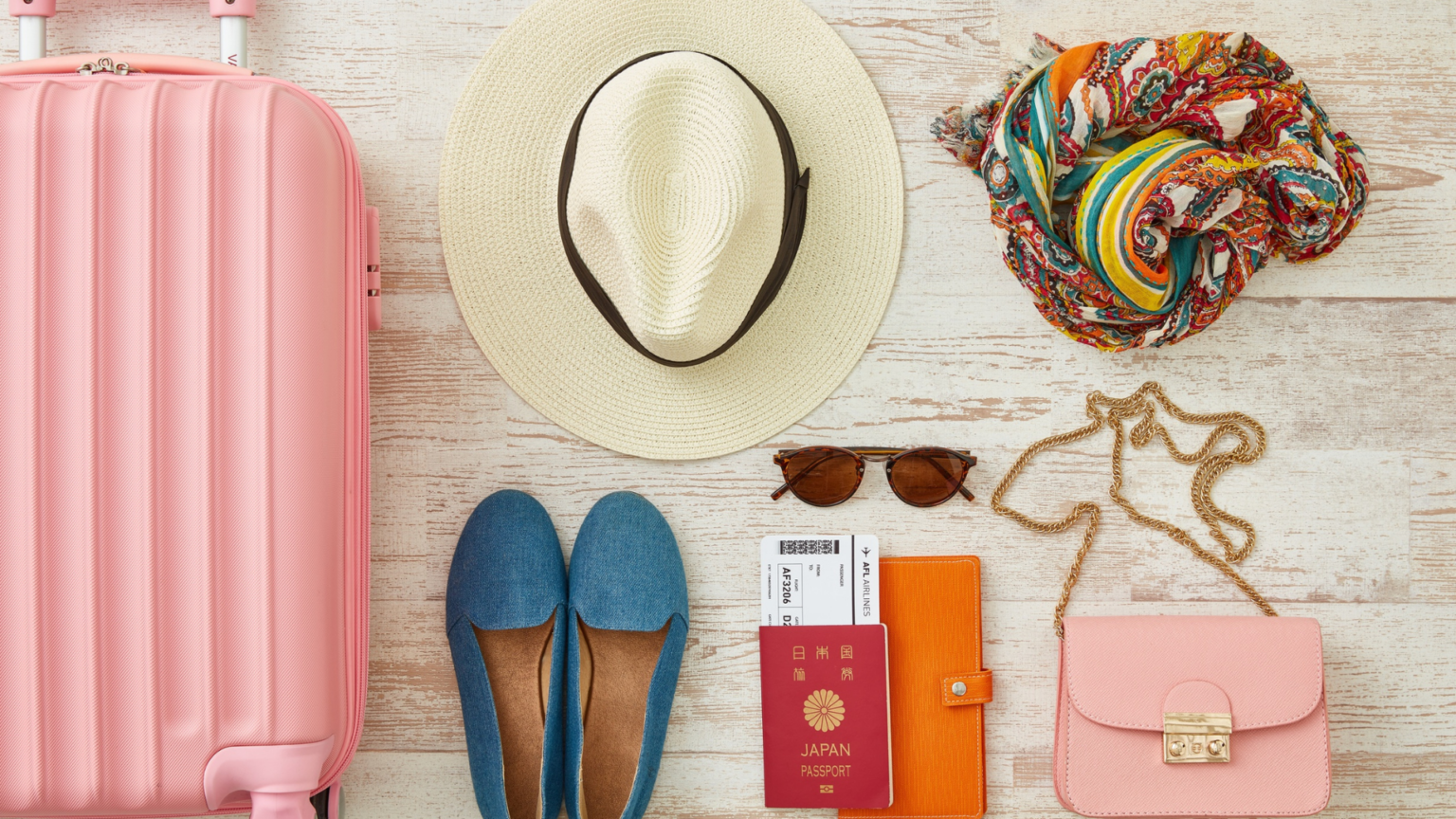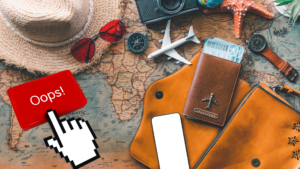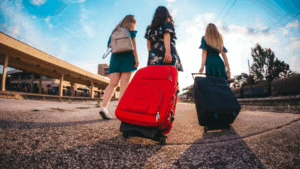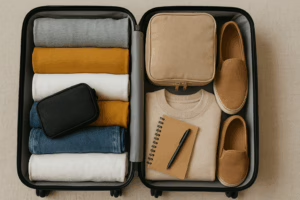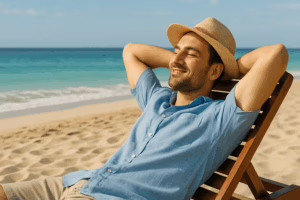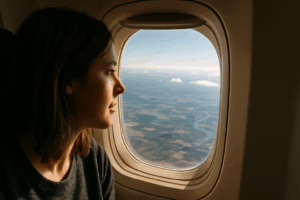Why Minimalist Travel Matters
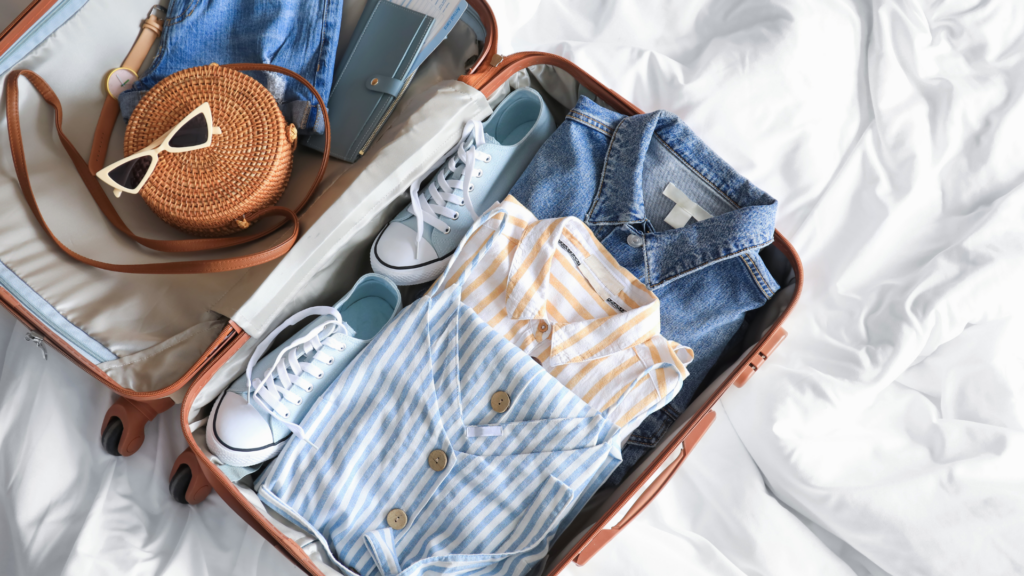
Minimalist travel is rooted in the idea that less physically is more experientially. It challenges travelers to reduce their luggage and shift their mindsets. This movement has gained attention not only for its practicality but also for its alignment with larger cultural shifts, like tiny home living for example.
The aviation industry accounts for about 2.5 percent of global carbon dioxide emissions, according to the International Air Transport Association. While flying less is ideal, reducing the weight of luggage can make a meaningful difference. A 2017 study by the World Bank found that a reduction of 5 kilograms per passenger on a typical flight could save nearly 4,500 tons of fuel annually across an airline fleet. That is not only better for the environment, but better for your wallet and a lighter load for the planes.
Minimalist travelers also have a psychological advantage. Travel anxiety often stems from decision fatigue, logistical errors, and the burden of too much luggage. When travelers pack lightly, they make quicker decisions, move easily, and reduce the chance of losing and misplacing items. It is much easier to navigate unfamiliar territory, hop on a trolley, ferry or bus between cities, and adapt when plans change when you travel light.
Minimalist travel also intersects with the growing interest in being introspective and intuitive. “When you are not worrying about what you packed, you are more present,” said Brooke Schoenman, founder of Her Packing List, a travel gear site focused on light packing strategies for women. “You are not constantly managing your belongings. You are just living your trip.”
Understanding the Minimalist Mindset

Before touching a suitcase, the minimalist traveler rethinks how they define “necessity.” This mindset is less about packing tricks and more about shifting values. The goal is not to take less for the sake of austerity but to bring what genuinely supports the experience.
This often begins with a pre-trip audit. What is the itinerary? What kind of weather is expected? What local customs might affect clothing choices? From there, every item must earn its place. If it is not versatile, functional, and necessary, it does not make the cut.
Minimalism does not mean sacrificing comfort or personal style. It means choosing quality over quantity. One well-fitting pair of jeans and a few interchangeable tops can go further than a suitcase full of options. The same principle applies to electronics, toiletries, and even shoes.
Some travelers find it helpful to create a “packing capsule” — a small collection of clothing items that can be mixed and matched for a variety of occasions. This approach, borrowed from the fashion world, reduces decision-making and ensures everything works together.
How to Build a Minimalist Packing System
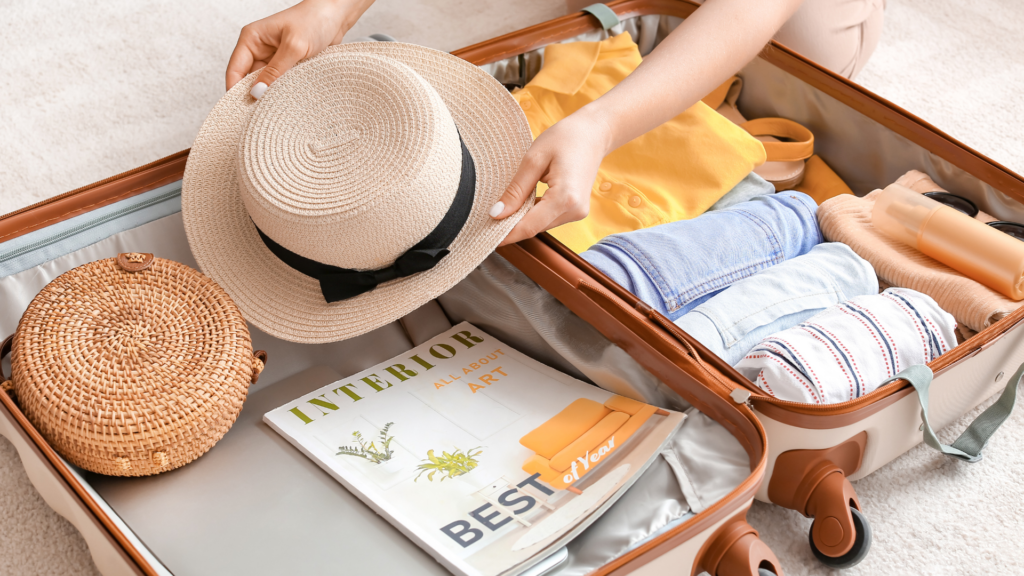
Once the philosophy is in place, the practical system follows. Most minimalist travelers rely on a carry-on bag and a personal item, no matter the destination or duration. The key is to balance form and function in every piece you bring.
Start with the right bag. A structured, weather-resistant carry-on with smart compartments can make organization intuitive. Look for bags with compression straps, expandable zippers, and a lightweight frame. Popular choices include the Away Bigger Carry-On, the Cotopaxi Allpa 35L, and the Nomatic Navigator.
Packing cubes are another staple. These allow travelers to segment clothing by type or activity, compress bulkier fabrics, and quickly locate what they need. For example, one cube might contain daywear, another evening clothes, and a third activewear.
When it comes to shoes, the general rule is three or fewer. A pair of comfortable walking shoes, something for evenings or dressier occasions, and perhaps sandals or water-friendly footwear depending on the climate. Shoes are bulky, so prioritizing versatility is essential.
Toiletries and tech gear should follow the same minimalist logic. Travel-sized containers, solid shampoo bars, a compact power strip, and universal adapters streamline your load without sacrificing utility.
The Importance of Layering and Fabric Choice
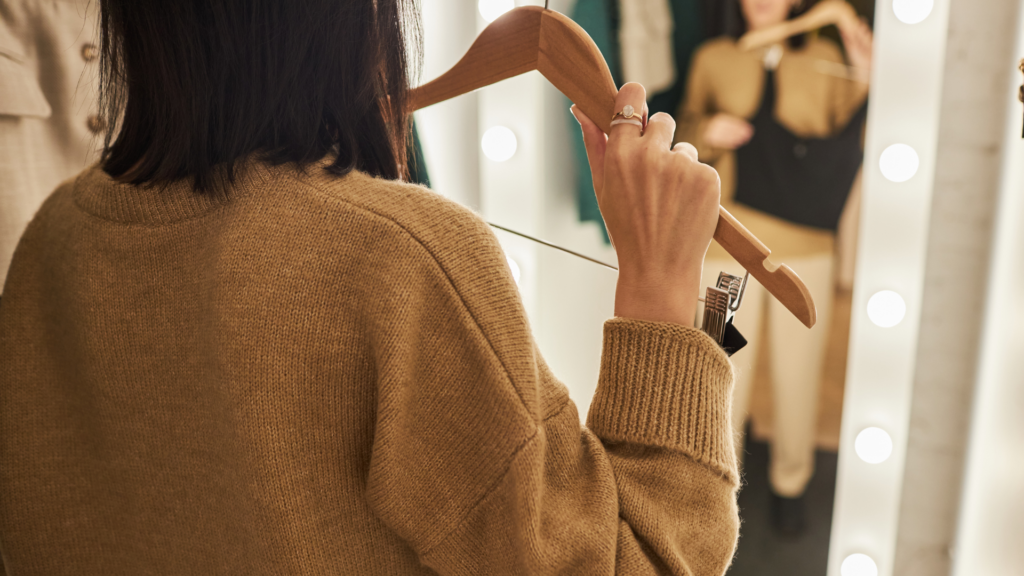
Traveling light often comes down to smart fabric choices and layering. Natural fibers like merino wool and technical blends used in outdoor gear can reduce the need for bulk. These materials are breathable, odor-resistant, quick-drying, and surprisingly stylish.
Merino wool shirts, for instance, can be worn several times without washing, which cuts down on laundry needs. Similarly, technical pants that convert into shorts or repel moisture can replace multiple garments. Brands like Icebreaker, Outlier, and Unbound Merino have made minimalist wardrobes more appealing without compromising aesthetics.
Layering adds adaptability. Instead of packing multiple bulky items for different weather conditions, minimalist travelers bring a base layer, an insulating layer, and a lightweight shell. This system is not only space-efficient but also ideal for unpredictable climates.
The goal is to create clothing systems that perform double or triple duty. A scarf might serve as a blanket on a cold flight. A rain jacket doubles as wind protection. Every piece should be able to work across contexts and environments.
Digital Minimalism on the Road

Minimalism does not end with your luggage. Digital clutter can weigh down a trip just as much as physical stuff. Managing devices, apps, and digital files is increasingly part of the minimalist traveler’s toolkit.
Start by narrowing down your tech essentials. A phone with a good camera, a lightweight laptop or tablet, noise-canceling earbuds, and a compact charger can meet most travelers’ needs. Leave behind the bulky DSLR unless photography is a primary goal. Similarly, consider whether you need both a laptop and a tablet.
Apps like Google Maps, TripIt, and XE Currency consolidate travel planning and reduce the need for printed itineraries and bulky guidebooks. Offline features are particularly valuable in places where Wi-Fi is unreliable.
Digital minimalism also involves curating content. Downloading playlists, podcasts, and e-books before the trip saves data and reduces the urge to scroll endlessly. Set boundaries with social media or even experiment with a digital detox to stay focused on the journey rather than the screen.
Real-World Examples and Lessons Learned

Some of the most seasoned travelers are passionate advocates of the minimalist approach. Travel journalist Rick Steves, known for his decades of backpacking across Europe, famously recommends one carry-on bag no matter the length of the trip. His philosophy is simple: “You will never meet a traveler who, after five trips, brags, ‘Every year I pack heavier.’”
Similarly, travel bloggers like Matt Kepnes, known as Nomadic Matt, stress the value of light packing in preserving spontaneity and saving money. Airlines often charge for checked bags, and lost luggage can derail an entire trip. A carry-on avoids those issues altogether.
Frequent minimalist travelers also note that locals often wear the same clothes for days, especially in parts of Asia, Africa, and Latin America. The pressure to pack different outfits for each day, they say, is a Western invention that does not translate globally.
They also learn to let go of perfection. Clothes will wrinkle. Shoes will wear. But when every item in your bag serves a purpose, there is less to worry about — and more time to enjoy the journey.
Challenges and How to Overcome Them

Minimalist travel is not without its challenges. The weather can be unpredictable. Social events may require formal attire. Washing clothes on the road can be inconvenient. But with a little foresight, these hurdles are manageable.
For colder climates, layering is critical. A thermal base, mid-weight fleece, and packable down jacket can handle most conditions. Packable gloves and hats take up minimal space and offer disproportionate warmth.
If formalwear is required, some travelers pack a wrinkle-resistant dress or button-up shirt that pairs well with their travel shoes. Others rely on local services, renting or buying affordable attire if the need arises. It is a reminder that you can acquire things on the road if necessary.
Laundry, often cited as a barrier to minimalist travel, is easier than it seems. Most hostels and hotels offer services, and laundromats are common in urban areas. Some travelers bring a small amount of detergent and a sink stopper to do a quick rinse in the room. Clothes that dry overnight are key.
The real challenge, however, may be internal. Letting go of the idea that more equals better is a cultural unlearning. Minimalist travel, at its best, is as much about changing mindsets as it is about changing packing habits.
TL;DR: Minimalist Travel at a Glance
- Traveling light reduces stress, increases mobility, and enhances the overall travel experience
- Environmental concerns and airline baggage fees make minimalist packing both ethical and economical
- Start by rethinking what is truly essential, then pack items that are versatile, high quality, and lightweight
- Use tools like packing cubes, capsule wardrobes, and layering strategies for efficiency
- Choose smart fabrics like merino wool and performance blends to maximize wearability
- Embrace digital minimalism by reducing devices and curating digital content
- Learn from experienced travelers who swear by the carry-on lifestyle
- Overcome challenges by planning and staying flexible with clothing and laundry solutions
In a world that often rewards accumulation, minimalist travel is a quiet rebellion. It says that freedom does not lie in having more, but in needing less — and finding more space for joy, movement, and discovery along the way.
